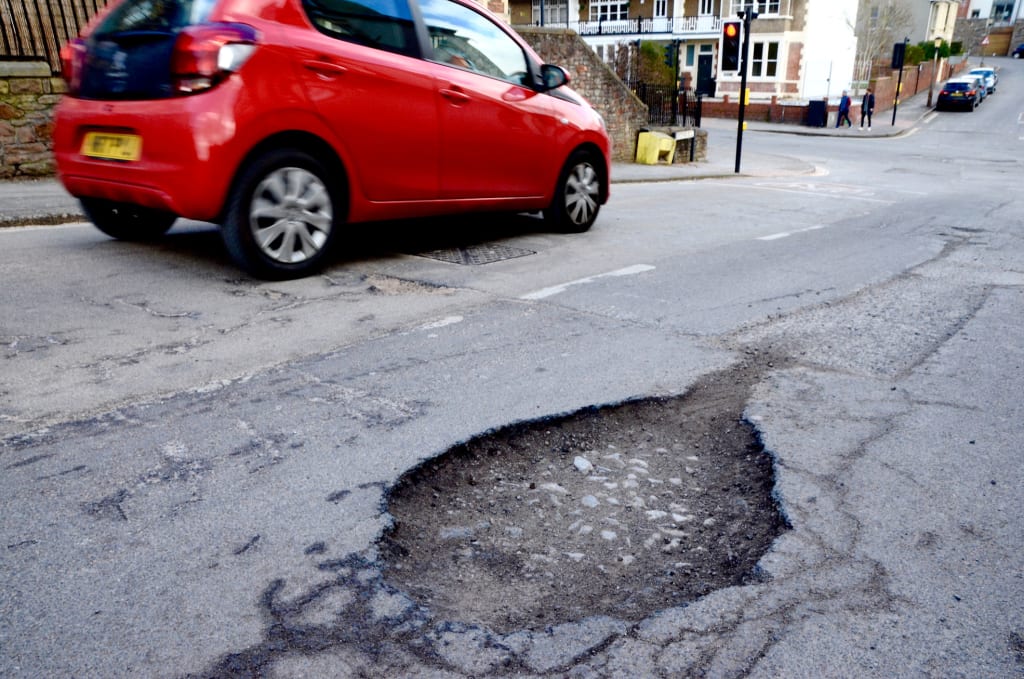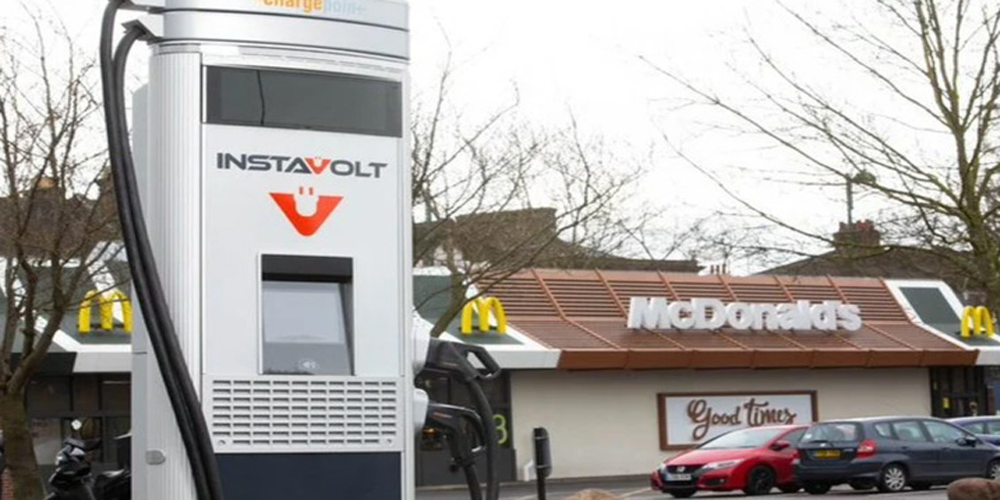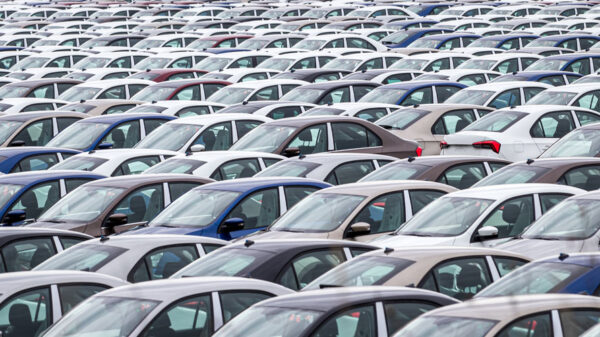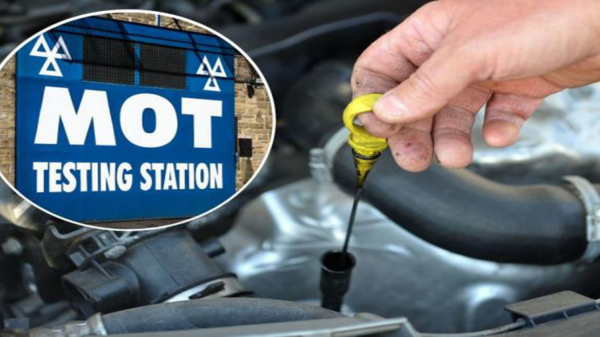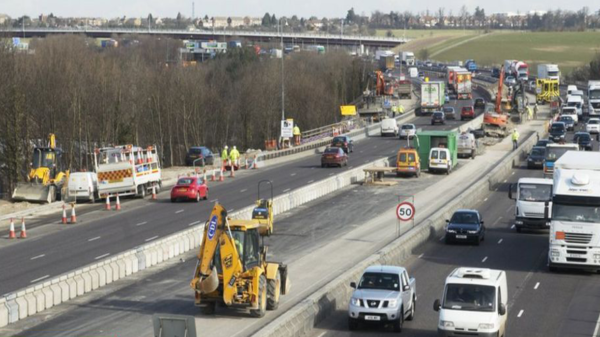Pothole Breakdowns are on the Up
RAC patrols attended 20% more pothole breakdowns in Q4 2019 compared to the same period a year earlier. In addition, drivers are still more likely to break down as a result of a poor-quality roads today than in 2006.
The RAC’s orange patrols attended more than 2,000 breakdowns that are likely to be attributed to potholes in the three months to the end of 2019 – 300 more than during the same period in 2018, new analysis of RAC breakdown data released to coincide with National Pothole Day has showed.
Of all the breakdowns experienced by the RAC’s individual members in 2019, 9,200 were for pothole-related faults such as distorted wheels, broken suspensions springs and damaged shock absorbers. While this was down from 13,000 in 2018, a year which saw a dramatic increase in potholes following the so-called ‘Beast from the East’, it still represented 1.1% of all breakdowns attended.
Between October and December 2019, 0.9% of all breakdowns were for pothole-related faults, up from 0.8% in the previous three months (July to September 2019) and up from 0.8% in the fourth quarter of 2018.
The RAC’s Pothole Index, which is an accurate long-term indicator of the health of the UK’s roads, suggests the widespread problem of potholes and poor-quality roads remains as the Index currently stands at 1.7, down from 1.8 in the third quarter of 2019.
This means drivers are 1.7 times more likely to break down as a result of pothole-related damage than they were back in 2006 when the RAC first started collecting data.
Despite the relatively mild winter experienced in the UK so far, the RAC is concerned that the inevitable arrival of colder conditions in the next few months will likely trigger a widespread outbreak of yet more potholes, causing expensive damage to thousands of drivers’ vehicles and creating new road safety hazards.
RAC head of roads policy Nicholas Lyes said: “We might so far be experiencing a milder but wetter winter than in the last couple of years, but our figures clearly show the problem of potholes has not gone away. Our patrols are still attending on average around one pothole-related breakdown every hour of the day.
“We anticipate the Government will pledge further funds to help cash-strapped councils mend potholes in the March Budget, but such pledges are only chipping away at the problem, and they’re unfortunately not addressing the root cause of why so much of the UK is still characterised by crumbling road surfaces.
“What we need is for central Government to think differently about how councils are funded to maintain the roads under their control. Short-term commitments of cash, while welcome, are not enough on their own – councils need the security of long-term funding so they can plan proper preventative road maintenance.
“A solution to the UK’s long-term pothole problem is possible. From this year, the money raised from vehicle excise duty in England will be ring-fenced to help fund motorways and major A-roads over successive five-year periods. But as yet, there is no similar model for local roads where the vast majority of drivers begin and end their journeys. We believe this could easily be changed by ring-fencing 2p a litre from existing fuel duty revenue to generate £4.7bn of additional funding over five years.
“Pothole-free roads shouldn’t be a ‘nice to have’ in 2020, drivers should surely be able to expect the vast majority of roads they drive on to be of a good standard, especially given they pay around £40bn in motoring-related tax every year.”
The RAC Pothole Index is a 12-month rolling measure of the share of pothole fault breakdowns compared to 2006, corrected for seasonal weather effects and improving longer term vehicle reliability Data has been collected by the RAC since 2006. Data excludes punctures.


